Affordable TBI Stem Cells: Mexico Prices
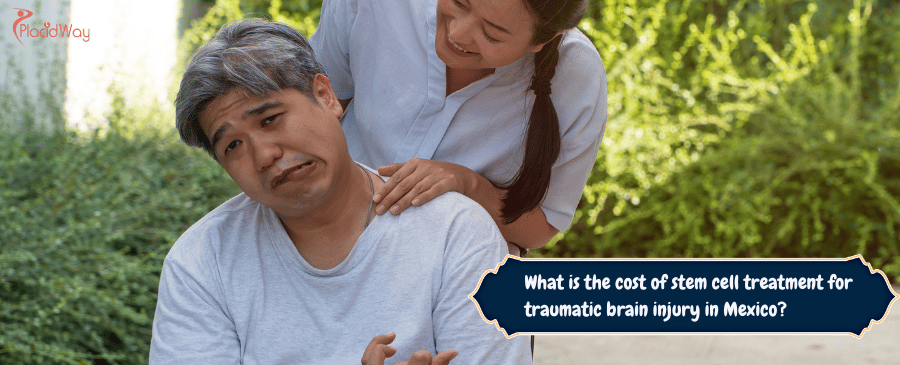
Traumatic Brain Injury (TBI) can have devastating and long-lasting effects, impacting cognitive function, motor skills, and overall quality of life. As a result, many individuals and their families explore various treatment options, including cutting-edge therapies like stem cell treatment. Mexico has emerged as a popular destination for stem cell therapy due to its relatively affordable costs and growing number of specialized clinics. This blog post aims to shed light on the financial aspects of stem cell treatment for TBI in Mexico, addressing common questions and providing detailed insights to help you make informed decisions.
The cost of stem cell treatment for Traumatic Brain Injury (TBI) in Mexico can vary significantly, typically ranging from $8,000 to $25,000 USD. This price range is influenced by several factors, including the specific clinic, the type and number of stem cells used, the complexity of the treatment protocol, and whether additional services are included in the package. Mexico often offers these treatments at a fraction of the cost found in countries like the United States or Canada, while maintaining high standards of care in reputable clinics.
How much does stem cell treatment for TBI cost in Mexico?
"The cost of stem cell treatment for Traumatic Brain Injury (TBI) in Mexico generally falls between $8,000 and $25,000 USD."
The price for stem cell therapy for TBI in Mexico is highly variable. Factors such as the reputation and accreditation of the clinic, the expertise of the medical team, the source of the stem cells (autologous from the patient, or allogeneic from a donor, often umbilical cord tissue), and the quantity of cells administered all play a significant role in the final cost. Some clinics may offer more basic packages, while others provide comprehensive programs that include diagnostics, multiple infusions, post-treatment care, and even accommodation.
It's crucial to obtain a detailed quote from any clinic you consider, ensuring transparency regarding all included services and potential additional fees. Researching several clinics and comparing their offerings is highly recommended to understand the full financial commitment.
What factors influence the price of stem cell therapy for TBI in Mexico?
"Key factors influencing the price of stem cell therapy for TBI in Mexico include the type and quantity of stem cells, the clinic's reputation and location, the complexity of the treatment protocol, and whether additional services are bundled."
The primary determinant of cost is often the type and number of stem cells used. For instance, mesenchymal stem cells (MSCs) derived from umbilical cord tissue or adipose (fat) tissue are commonly used for TBI due to their regenerative and anti-inflammatory properties. The higher the cell count, generally the higher the cost. Furthermore, some clinics may specialize in a particular type of stem cell, which can affect pricing.
The clinic's standing and geographical location within Mexico also contribute to the price. Renowned clinics with extensive experience and international accreditations might charge more due to their established expertise and higher operational standards. Cities like Monterrey, Tijuana, and Mexico City are known for having a concentration of medical tourism facilities offering advanced treatments. Lastly, a more intensive treatment protocol involving multiple sessions or combined therapies (e.g., with PRP or exosomes) will naturally increase the overall cost.
Are there different types of stem cells used for TBI treatment in Mexico, and how do they affect cost?
"Yes, different types of stem cells, primarily mesenchymal stem cells (MSCs) from sources like bilical cord tissue, adipose tissue, or bone marrow, are used for TBI treatment in Mexico, and their source and processing can affect the cost."
The most common types of stem cells utilized for TBI are Mesenchymal Stem Cells (MSCs). These can be sourced from various tissues, each with its own extraction and processing costs.
- Umbilical Cord Stem Cells: Often preferred for their youthfulness, potency, and ease of collection without an invasive procedure on the patient. These are typically allogeneic (from a donor) and are carefully screened.
- Adipose-Derived Stem Cells: Harvested from the patient's own fat tissue through a liposuction procedure. While autologous, the extraction process adds to the cost.
- Bone Marrow Stem Cells: Also autologous, these are extracted from the patient's bone marrow. This procedure can be more invasive than adipose tissue collection.
The cost can also be influenced by whether the cells are "expanded" in a laboratory to achieve higher cell counts, which adds to the processing expense. Clinics using high-quality, laboratory-processed cells with rigorous testing will typically have higher prices but may offer a more potent and safer product.
What does a typical stem cell treatment package for TBI in Mexico include?
"A typical stem cell treatment package for TBI in Mexico often includes the initial consultation, diagnostic tests, stem cell infusions (usually intravenous or intrathecal), and a basic level of post-treatment follow-up."
While packages vary, most reputable clinics aim to provide a comprehensive experience. This often starts with an in-depth medical consultation to assess the patient's TBI severity and suitability for stem cell therapy. Diagnostic tests, such as MRI scans or specialized neurological evaluations, are usually included to establish a baseline and guide the treatment plan. The core of the package is the administration of the stem cells, which might be done through intravenous (IV) drips for systemic effects or intrathecal injections (into the spinal fluid) for direct targeting of the central nervous system.
Some higher-tier packages may also include:
- Pre-treatment preparation, such as nutritional support or detox protocols.
- Multiple stem cell infusions over several days or weeks.
- Additional regenerative therapies like Platelet-Rich Plasma (PRP) or exosome therapy.
- Accommodation, transportation, and translation services, particularly for international patients.
- Extended follow-up consultations and support to monitor progress.
Is stem cell treatment for TBI covered by insurance in Mexico or my home country?
"Generally, stem cell treatment for TBI is not covered by insurance in Mexico or most home countries, as it is often considered experimental or investigational by traditional health insurance providers."
Despite promising research and anecdotal evidence, stem cell therapy for TBI is still largely regarded as an experimental or investigational treatment by conventional medical standards and insurance companies worldwide. This means that patients are typically responsible for the full out-of-pocket cost of the treatment.
It is crucial for individuals considering stem cell treatment to confirm with their insurance provider if any part of the treatment, such as diagnostic tests or post-treatment rehabilitation, might be covered. However, it is highly unlikely that the stem cell infusions themselves will be reimbursed. Patients should be prepared for a self-funded treatment journey.
How does the cost of stem cell treatment for TBI in Mexico compare to other countries?
"The cost of stem cell treatment for TBI in Mexico is significantly more affordable compared to countries like the United States, Canada, and many parts of Europe, often representing a fraction of the price for similar therapies."
Mexico has become a global hub for medical tourism, in part due to its cost-effectiveness without necessarily compromising on quality of care, particularly in specialized private clinics. In the United States, for example, similar therapies could cost upwards of $30,000 to $100,000 or more, making them inaccessible for many. The lower operational costs, competitive medical market, and favorable exchange rates contribute to Mexico's ability to offer these treatments at a reduced price.
Patients seeking stem cell treatment for TBI from countries with high healthcare costs often find that even with travel and accommodation expenses, the total cost of treatment in Mexico remains substantially lower, making it an attractive option for those exploring regenerative medicine.
What should I consider when evaluating the cost and quality of a stem cell clinic in Mexico for TBI?
"When evaluating a stem cell clinic in Mexico for TBI, consider not just the total cost, but also the clinic's accreditation, the medical team's qualifications, the transparency of pricing, patient testimonials, and the specifics of the treatment protocol and stem cell sourcing."
Beyond the immediate price tag, several critical factors contribute to the overall value and safety of stem cell treatment.
- Accreditation and Licensing: Ensure the clinic is properly licensed and, if possible, has international accreditations that signify adherence to high medical standards.
- Medical Team Expertise: Research the doctors' and specialists' qualifications, experience in regenerative medicine, and specific experience with TBI cases.
- Transparency in Pricing: A reputable clinic will provide a clear, itemized breakdown of costs, avoiding hidden fees.
- Patient Testimonials and Reviews: Look for genuine feedback from previous patients, especially those treated for TBI, to gauge their experience and outcomes.
- Stem Cell Sourcing and Quality: Inquire about the origin of their stem cells, the quality control measures in place, and their cell viability rates. Clinics should be able to provide documentation of their stem cell products.
- Treatment Protocol Details: Understand the number of cells, administration methods, and the proposed duration of treatment.
- Post-Treatment Support: Assess what follow-up care and monitoring are offered, as this is crucial for tracking progress and ensuring long-term success.
Are there financing options available for stem cell treatment for TBI in Mexico?
"While direct financing from clinics for stem cell treatment for TBI in Mexico is not common, some patients may explore personal loans, medical credit cards, or crowdfunding to cover the costs."
Given that stem cell therapy is typically not covered by insurance, patients are often responsible for the upfront payment. Some clinics might offer installment plans for portions of the cost, but this is less frequent. Most patients seek external financing solutions. This could include:
- Personal bank loans: These are traditional loans that can be used for any purpose, including medical expenses.
- Medical credit cards: Specialized credit cards designed for healthcare costs, often with introductory promotional interest rates.
- Crowdfunding platforms: Websites that allow individuals to raise money from friends, family, and the wider public to cover medical expenses.
- Home equity loans: If applicable, using home equity can be a way to secure funds for treatment.
It's important to thoroughly research any financing option to understand the terms, interest rates, and repayment schedules before committing.
What hidden costs should I be aware of when considering stem cell treatment for TBI in Mexico?
"Potential hidden costs in stem cell treatment for TBI in Mexico can include additional diagnostic tests, unexpected complications, follow-up treatments, travel and accommodation expenses, and post-treatment rehabilitation that is not part of the initial package."
While many reputable clinics offer transparent pricing, it's wise to be aware of potential extra expenses:
- Unforeseen Diagnostics: If during the initial assessment, further specialized tests are deemed necessary that weren't included in the standard package, these would be extra.
- Complications: While rare, any complications requiring further medical intervention would incur additional costs.
- Number of Treatments: The initial quote might be for a single round of stem cell infusions. TBI patients might require multiple sessions for optimal results, and each additional session will be a separate cost.
- Travel and Accommodation: Flights, local transportation, and hotel stays for both the patient and any accompanying caregivers can add up significantly, especially for longer treatment protocols.
- Medications and Supplements: Any prescribed medications or recommended supplements post-treatment might not be included.
- Rehabilitation and Therapy: Physical therapy, occupational therapy, or speech therapy, which are often crucial for TBI recovery, are usually not part of the stem cell treatment package and would need to be budgeted separately.
Always request a detailed breakdown of all anticipated costs from the clinic to avoid surprises.
What is the typical duration of stem cell treatment for TBI in Mexico?
"The typical duration for stem cell treatment for TBI in Mexico varies, but generally involves a few days for the initial procedure and observation, with the overall treatment plan potentially spanning several weeks or months for multiple infusions."
The immediate stem cell infusion procedure itself might only take a few hours. However, clinics often require patients to stay for a few days before and after the infusion for pre-treatment evaluations, post-treatment monitoring, and to ensure stability before travel.
For TBI, a single infusion might be administered, but many protocols suggest a series of infusions over a period to maximize therapeutic effects. This could mean returning to Mexico for follow-up infusions or having a treatment plan spread out over several months with breaks in between. The total duration of the treatment journey will depend on the patient's individual needs, the severity of the TBI, and the specific protocol recommended by the medical team.
How important is patient follow-up after stem cell treatment for TBI in Mexico?
"Patient follow-up after stem cell treatment for TBI in Mexico is critically important for monitoring progress, adjusting rehabilitation strategies, and assessing the long-term efficacy and safety of the therapy."
The journey to recovery from TBI doesn't end with the stem cell infusion. Regular follow-up is essential to track neurological improvements, manage any potential side effects, and ensure the patient is receiving appropriate supportive care and rehabilitation. Reputable clinics will emphasize the importance of post-treatment monitoring.
This follow-up can take various forms, including:
- Scheduled clinic visits: Returning to the Mexican clinic for check-ups.
- Telemedicine consultations: Virtual appointments with the medical team.
- Reporting progress: Patients and their local healthcare providers may be asked to regularly report on their condition and any changes observed.
- Adjusting rehabilitation: Based on the patient's response to the stem cell therapy, rehabilitation programs (e.g., physical, occupational, speech therapy) may need to be adjusted to maximize functional gains.
Proper follow-up helps to gather valuable data on the effectiveness of the treatment and contributes to the growing body of knowledge on stem cell therapy for TBI.
What kind of results can one expect from stem cell treatment for TBI, and how long do they last?
"Results from stem cell treatment for TBI can vary widely, with some patients experiencing improvements in cognitive function, motor skills, and overall quality of life, but these outcomes are not guaranteed and long-term durability is still under investigation."
Stem cell therapy for TBI is an evolving field, and while promising, it is not a guaranteed cure. The potential benefits stem from the cells' ability to reduce inflammation, promote tissue repair, stimulate new cell growth, and modulate the immune response within the brain. Patients may report improvements in areas such as:
- Cognitive abilities (memory, focus, processing speed)
- Motor function (coordination, strength, balance)
- Speech and communication
- Spasticity and pain
- Mood and emotional regulation
- Overall energy levels and independence
The duration of these improvements is also variable. Some patients may experience sustained benefits, while others might find the effects wane over time, potentially requiring additional treatments. The long-term efficacy and durability of stem cell therapy for TBI are still subjects of ongoing research and clinical trials. It's crucial for patients and their families to have realistic expectations and understand that individual responses can differ significantly.
Discover a world of possibilities for your health journey. Explore PlacidWay to connect with leading global healthcare providers and find the best medical tourism solutions tailored to your needs.


.png)


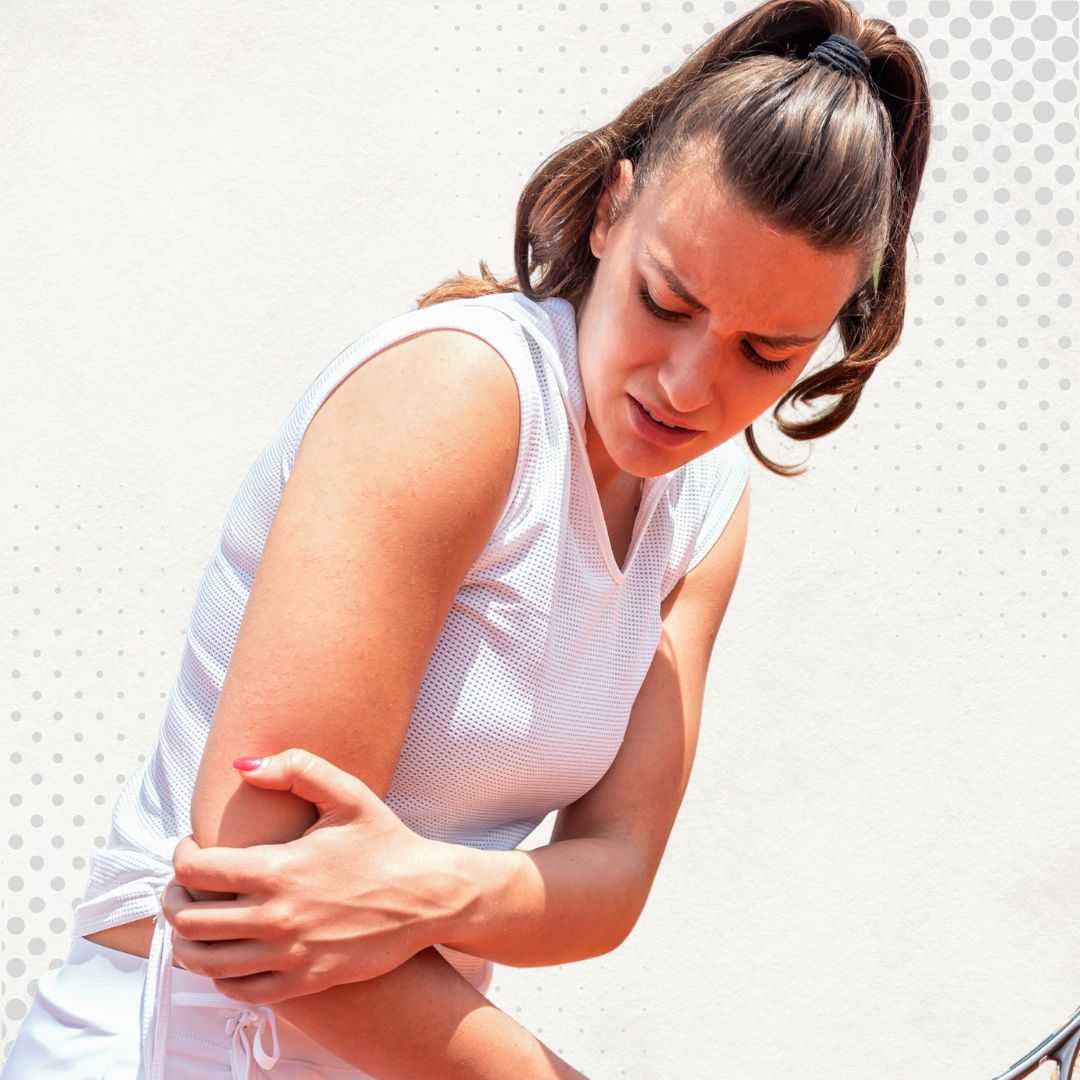

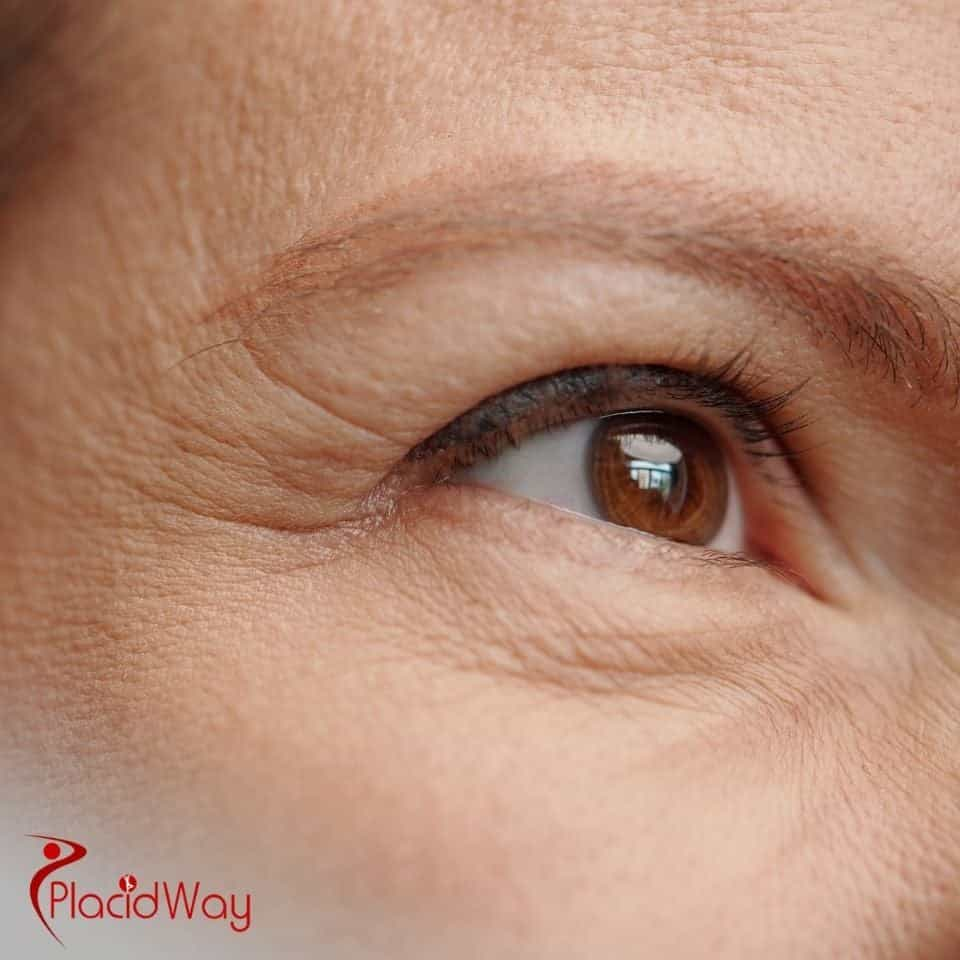

.png)
.png)

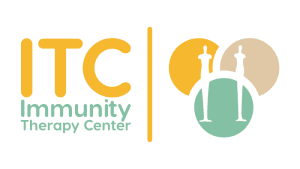
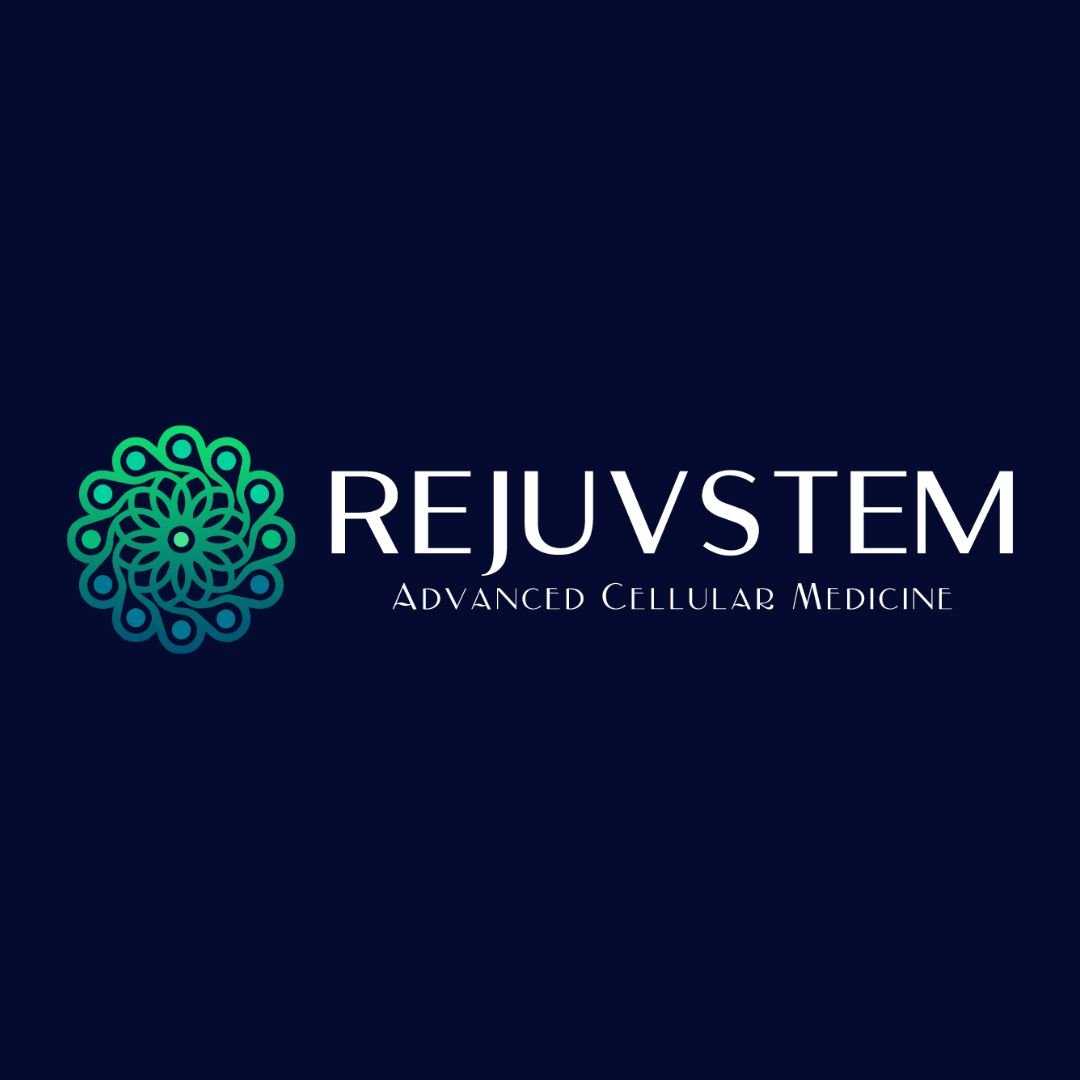
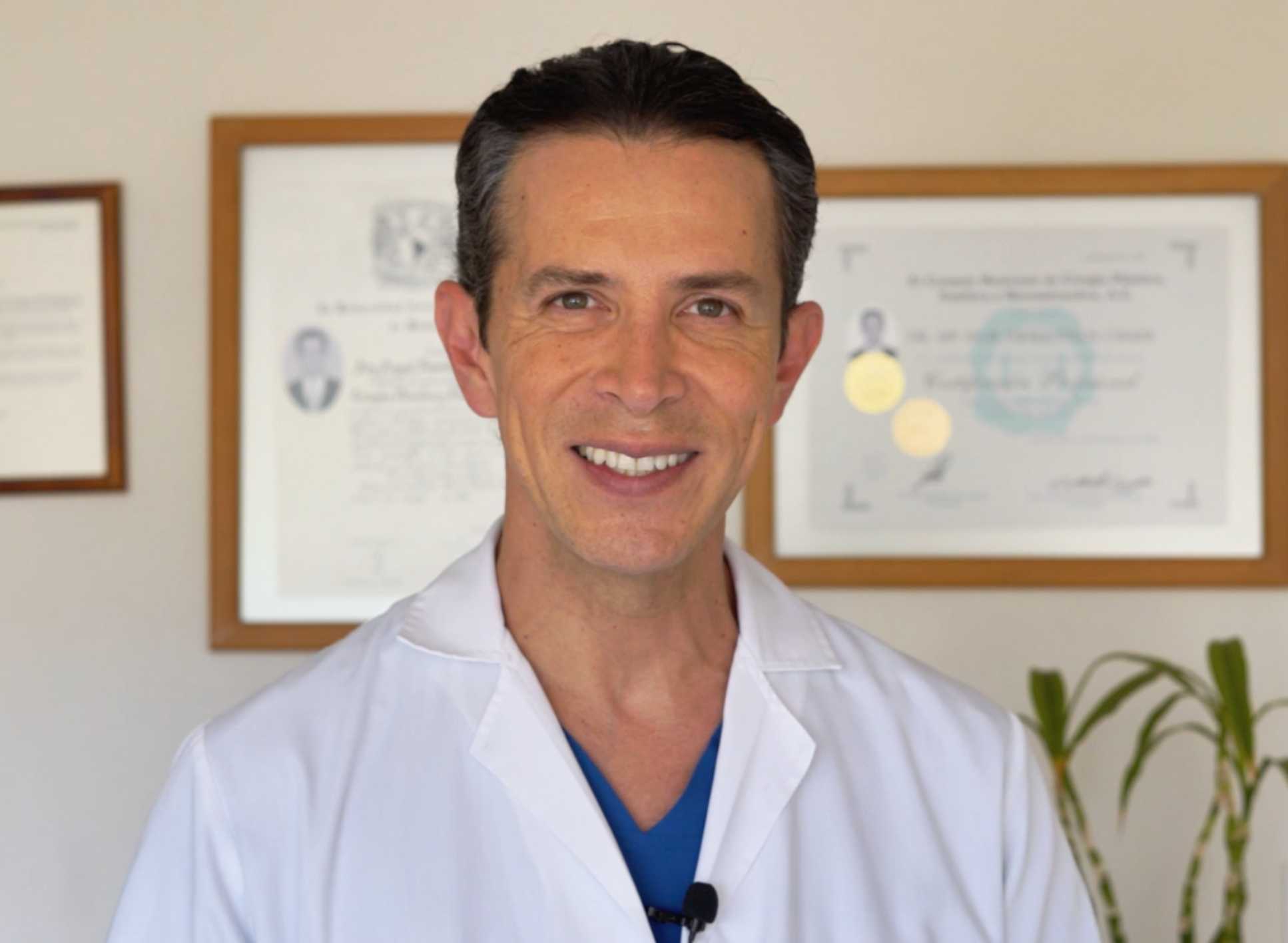
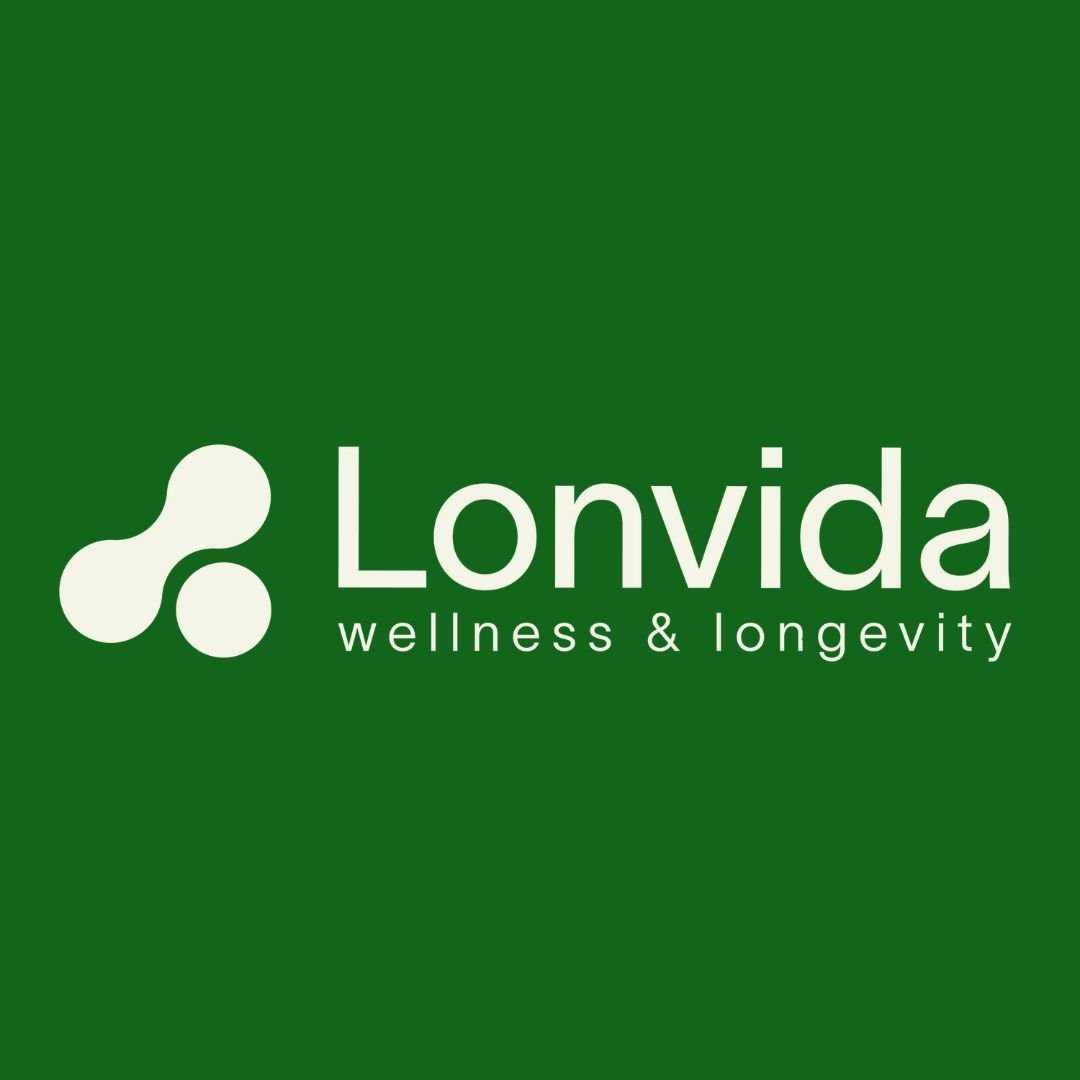

Share this listing